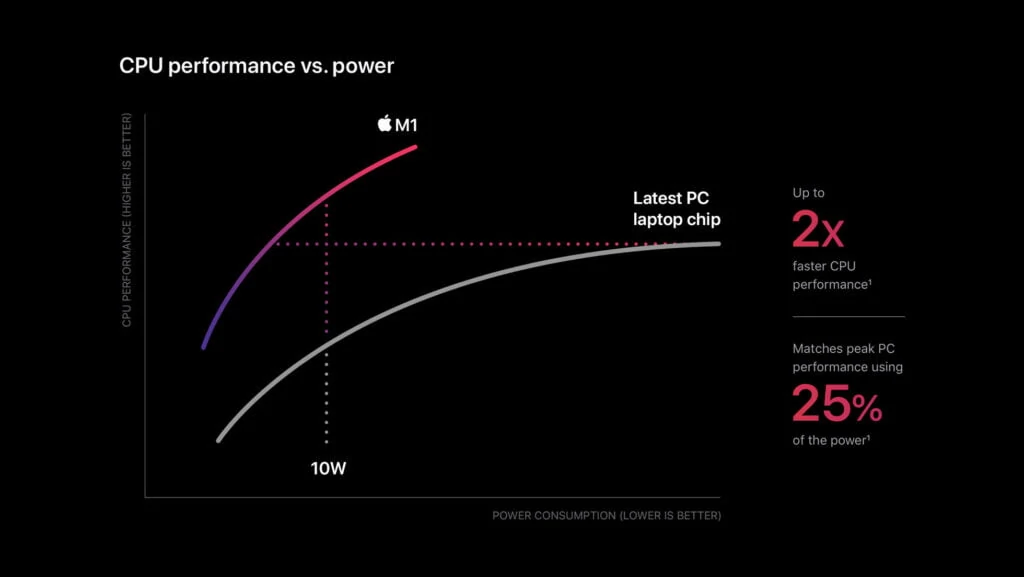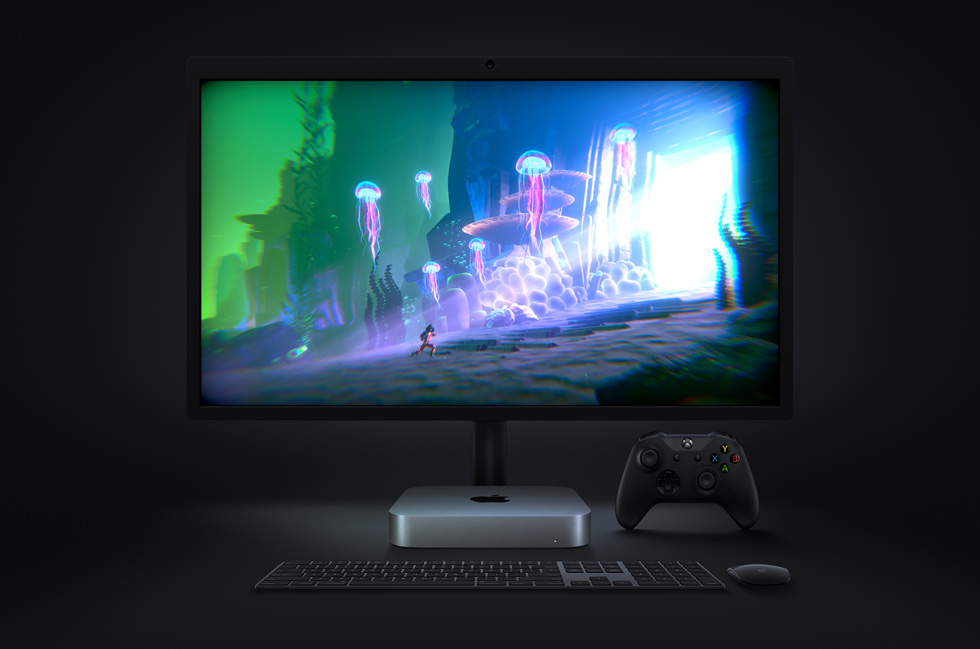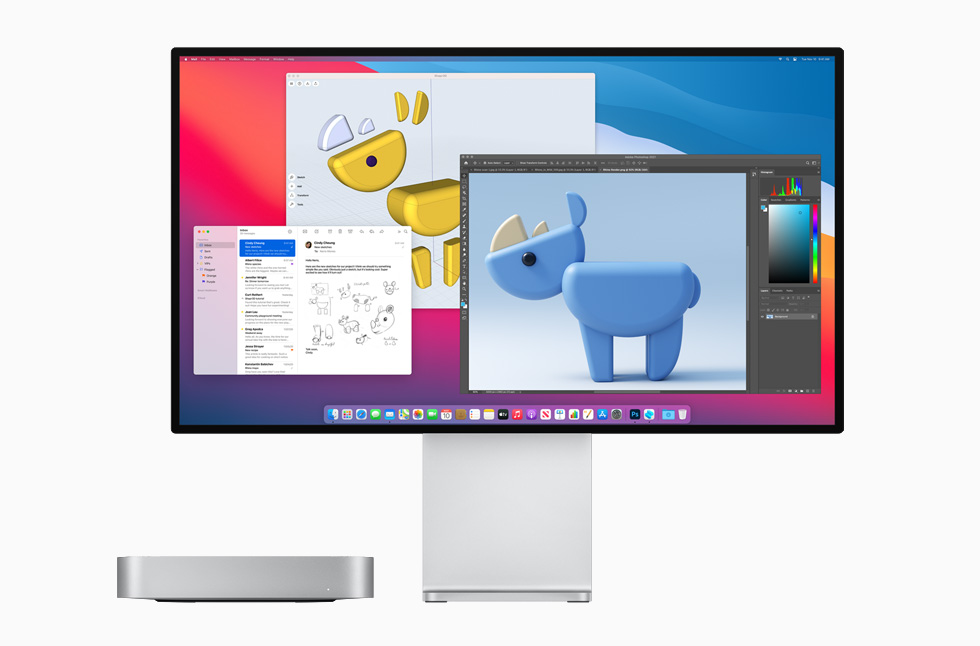Apple just concluded its “One More Thing” event, with the main focus being the new Apple Silicon M1 SoC, based on the ARM architecture, powering updated versions of the Macbook Air, MacBook Pro 13, and Mac Mini. The introduction of this chip marks Apple’s departure from depending on Intel to power their Macs, amid the company’s struggle with developing the 10nm process, leaving their processors prone to both power and thermal inefficiencies.

Power and Efficiency
The main aim of the M1 chip, according to Apple, was to help in making its Macs smaller and efficient. The main gripe with the more powerful Intel chips was their tendency to overheat, preventing Apple from shaving down the size of its Macs, especially MacBooks, which were famous for their high temperatures. The M1 excels in both efficiency and performance, providing almost 2x faster performance than a similar laptop processor while consuming just 25% of the power for the same performance.

Graphical Performance
The M1, being an SoC, features the GPU and RAM on the same die as the processor, enabling faster connectivity between the components that once separated on the motherboard. Apple claims the M1’s graphical core is the fastest integrated graphics in a PC, making it a viable alternative to other notebooks for tasks such as photo or video editing and more.
Apple did not explicitly mention the laptop chip they were pitting the M1 against. You can learn more about what we think about the M1’s real performance and compare it to the laptop processors available in the market now in this article.

Software Compatibility
On the software side, we see a version of macOS Big Sur optimized for the M1, baking additional features like the instant wake from sleep, faster Safari speeds, and support for iPhone and iPad apps. Apple’s Rosetta 2 will enable developers to port over their apps easily, while the native macOS apps run natively. Being the first generation, developers will certainly take time to support the new platform, but we’re optimistic.
Apple’s M1 chip gives a new life to its Mac lineup, particularly MacBooks, with the Macbook Air and MacBook Pro already featuring the chip. The most important feature of the chip is its efficiency, which Apple stated, improves battery life on the MacBooks by almost 50%, enough to make you consider picking one up, which by the way, is already on sale right now. Unless you’re an enthusiast or macOS developer, we recommend waiting until the chip’s support is more mainstream and backed by major developers. We’re sure it’s worth the wait, or you could consider these alternatives if you need an ultrabook right now.


Comments